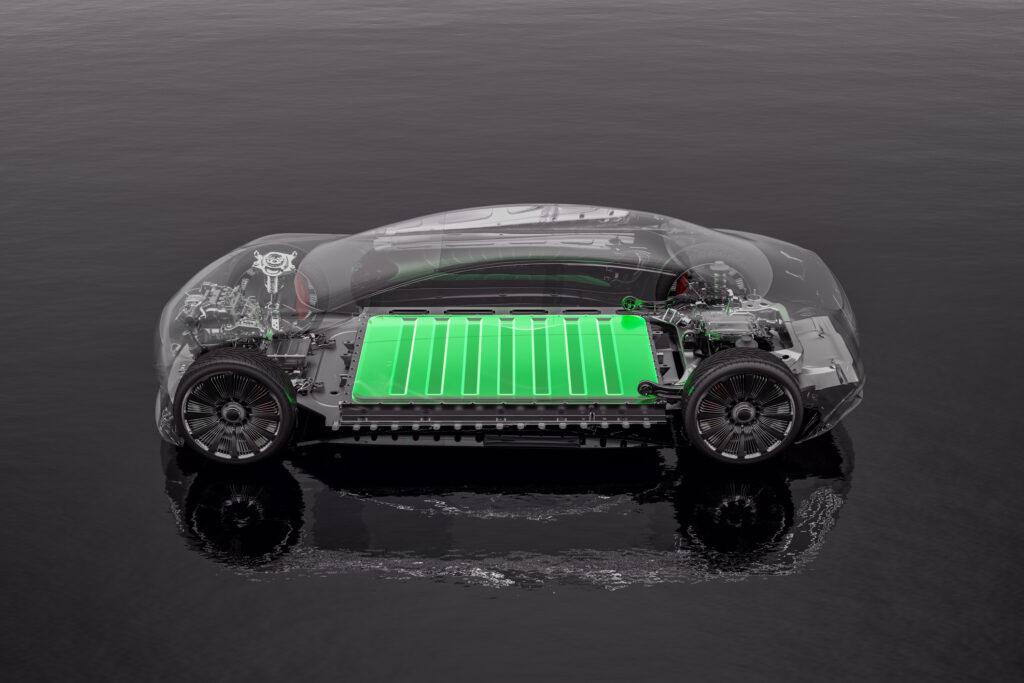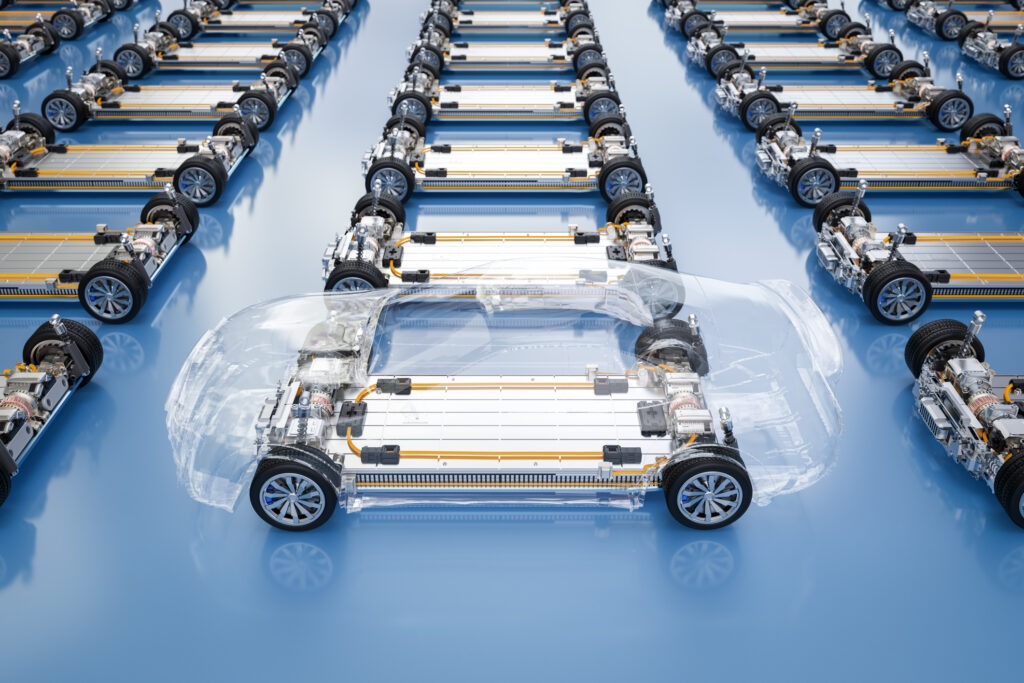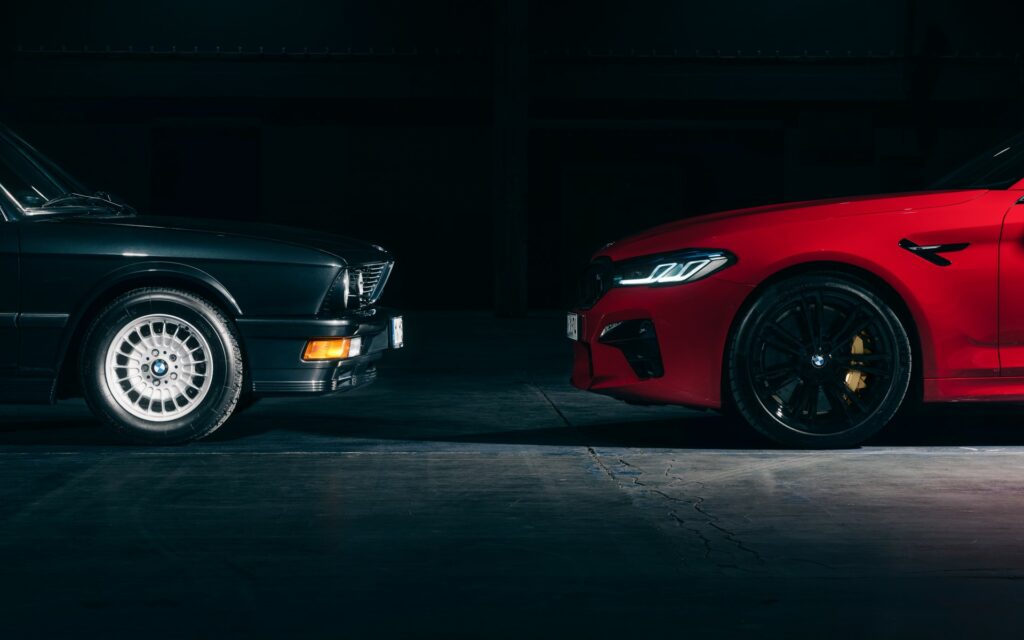Geneva International Motor Show gives glimpse of European automotive destiny
29 February 2024
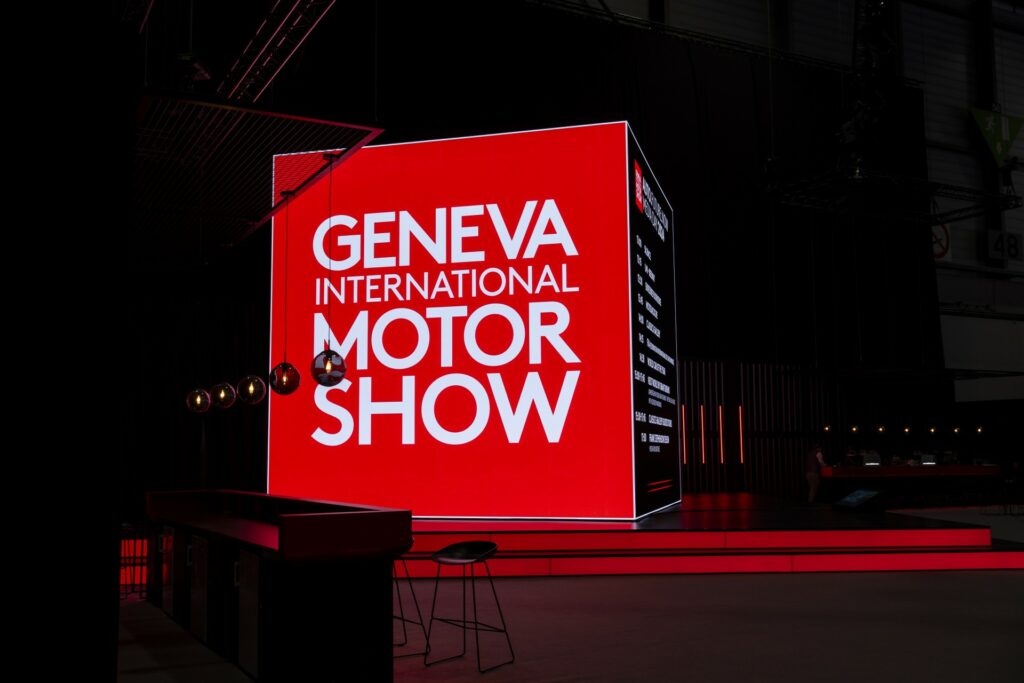
The Geneva International Motor Show (GIMS) returned to the Swiss city for 2024, but this was a very different event from previous instalments. Autovista24 special content editor Phil Curry gives his thoughts on the show.
GIMS 2024 was not like the events of old. It has been roughly five years since the last show, with numerous cancellations and a change of ownership taking place since 2019. So, this year’s GIMS was already going to be a changed event compared to previous years.
Taking up two halls at Pallexpo, one space was dedicated to carmakers showing off new models. Meanwhile, the other area hosted more exhibition pieces. There was also a notable lack of European carmakers, with Renault Group the only domestic brand.
Instead, numerous new vehicles from Chinese carmakers were on display. These manufacturers were joined by smaller, emerging brands such as US-based Lucid. There were also some quirky examples from companies such as Microlino.
While small, the event did offer glimpses of fresh designs and new directions that Europe’s automotive market is taking. It provided an effective platform for organisers to build on in the coming years.
Renault starts with success
A regular feature at GIMS is the Car of the Year event. For the first time, the competition had its own stand, with all seven finalists on display. This allowed the public to see each model up close.
This year, the title went to the Renault Scenic E-Tech. The battery-electric vehicle (BEV) fought off competition from the BMW 5-Series, the Peugeot 3008, the Kia EV9, the Volvo EX30, the BYD Seal and the Toyota C-HR. This was one of the most diverse range of powertrains in recent years, although each model features an electrified component.

The Renault won the title, collecting 329 points from the jury of 58 journalists, representing 22 different countries. The BMW 5-Series took second with 308 points. This put both models some way ahead of the third-place Peugeot 3008 with 197 points.
Announcing the results to the assembled media, president of the jury, Søren Rasmussen, commented: ‘The Renault Scenic E-Tech Electric embodies the transition to electromobility. It is a very well-designed family vehicle with a moderate weight, and the choice of two battery capacities is smart to meet the needs of a wide range of customers.’
Five is a lucky number
This meant Renault enjoyed a good start to the event. The carmaker boasted an impressive stand, even though it was dominated by just one model, the new Renault 5.
Making its world debut at GIMS, there were five examples of the BEV spread around. This was accompanied by a large number ‘5’ sculpture and a host of games and interactive attractions. All of these attractions were based on the model’s branding.
Dubbed the Renault 5 E-Tech, the model returned to the carmaker’s line-up following a concept launch in 2021. It was used by Renault to highlight its shift to electromobility. However, CEO Luca de Meo told the gathered press that the car represents even more.
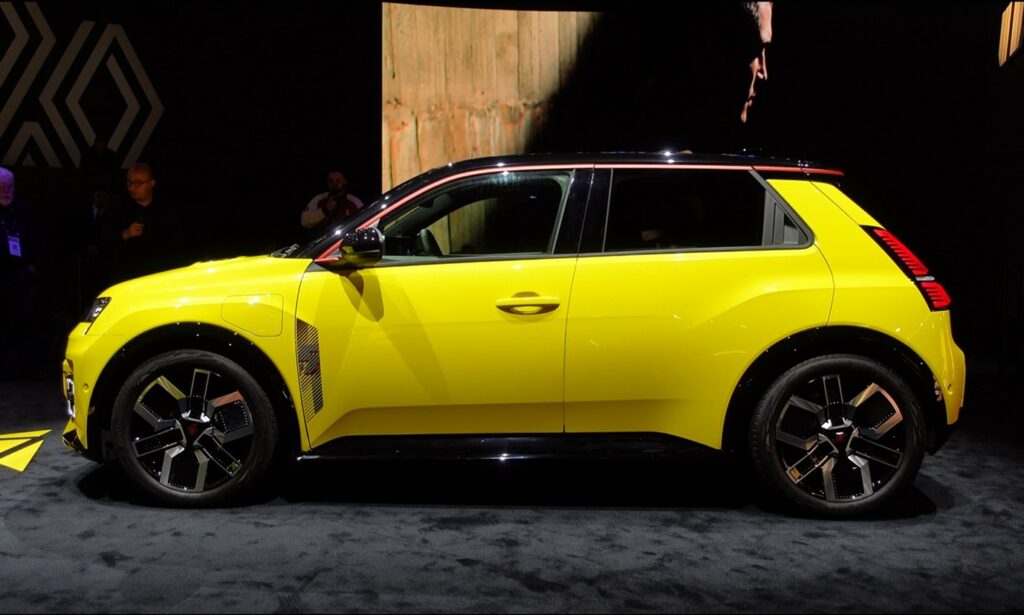
‘To develop this car in just three years in France, to the highest technological standard, all our decisions had to be disruptive, and our organisation as agile as possible,’ he commented.
‘We were the first ones to make a bet on a 100% electric platform for a small European car, to optimise costs across the value chain, to relocate our industrial ecosystem. Only an iconic car could bring our teams together in this way and move the needle internally.
‘In the face of significant change in our industry, this car paves a new way for Renault. It is at the heart of the battle to reinvent European industry against competition coming from the east and the west. With this vehicle we are proving that production in Europe, in France really is possible,’ the CEO added.
Renault 5 retro-futurism
The Renault 5 E-Tech keeps true to the original model in its philosophy while moving into the modern era of vehicle design. The carmaker is calling the car a ‘retro-futuristic’ evolution. Its size and shape come close to the first-generation, which was on display in the corner of the company’s stand.
The new BEV features a boxy look, a style which is evident across all of the carmaker’s current models. It also presents plenty of ‘5’ branding, including an illumined vent grill which doubles as a charge indicator.
The model’s design features plenty of sharp lines. Some of the best examples of this include the vertical rear lights, the front LED daytime lights which resemble a camera’s ‘viewfinder’, and the aggressive front splitter.
Inside, the car is comfortable but minimalistic, with a dual-screen display providing the driver with data and infotainment content.
The Renault 5 was certainly the ‘pièce de resistance’ of the carmaker’s stand. Two models were available to view in the amphitheatre section of Renault’s space. Meanwhile, there were three more at the front, in yellow, blue and neon green.
The rest of the carmaker’s line-up filled the side-lines, including two examples of the Renault Scenic E-Tech, the Megan E-Tech and the Rafale.
MG showcases its quality
The MG stand provided quite a surprise. The SAIC-backed carmaker brought some of its international models to the event, underscoring the size of its portfolio in relation to its models currently available in Europe. The potential for further expansion into the region was apparent.
Alongside the recently launched MG Cyberster stood the popular MG4, and newcomers, the MG7 sedan, the MG9 coupe, and the MG S9 SUV coupe. The manufacturer also introduced its premium IM brand, which launched a model of its own. Meanwhile, in an exclusive unveiling at GIMS, the new MG3 broke cover.
A comeback model
The original MG3 was one of the brand’s ‘comeback’ models, following its acquisition by SAIC. This third generation features MG’s first full-hybrid (HEV) powertrain, replacing the original 1.5-litre petrol-only unit.
The design is more curved than the carmaker’s BEV models, emphasising the lack of aerodynamic requirements for range efficiency. The model keeps the sharper headlights seen on the MG4 and the honeycomb-style grill which features on the carmaker’s SUVs.
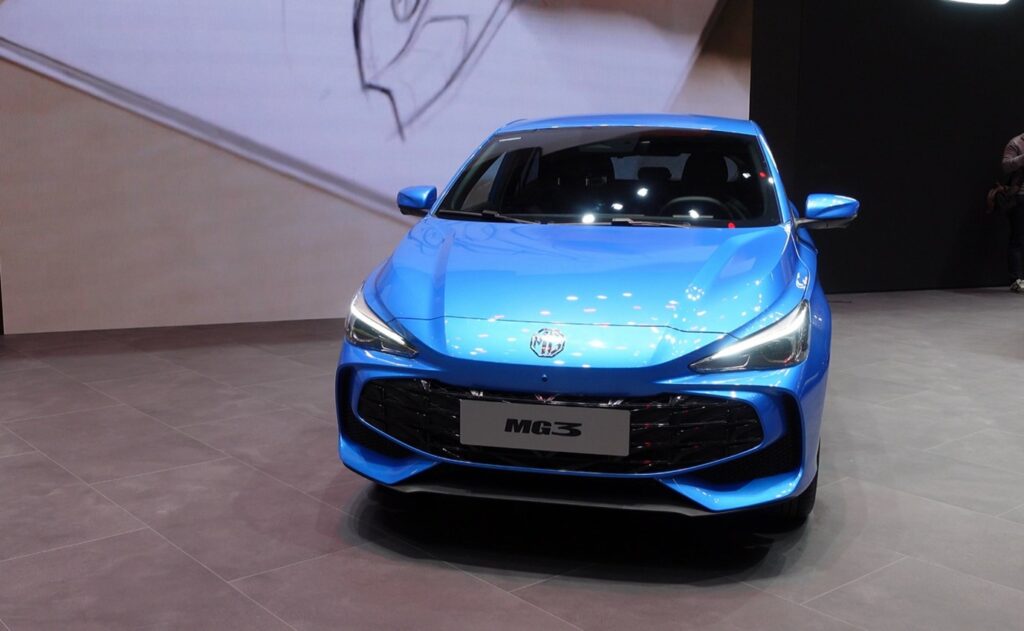
The MG3 features a 100kw electric motor together with a 1.5-litre petrol engine, while a separate generator motor will help with battery recharging. This means the car can run in electric-only mode, or via the electric motor using the engine to charge the unit.
MG’s stand also featured the Cyberster. After confirming the car at the Shanghai Auto Show in 2023, the model was unveiled in Europe at IAA Mobility last year.
So, the carmaker was keen to emphasise its roadster’s return to Europe, giving the model a priority space on its stand. With scissor doors, a spacious interior, and a wide stance, it is MG’s fastest-accelerating and most powerful production car ever.
To the side of MG’s stand was the IM range. Standing for Intelligent Mobility, the new premium BEV brand presented its L6 model, which features advanced driver assistance sand connectivity. It is expected to hit the European market in 2025, together with other models from the IM line-up.
BYD brand building
BYD brought a host of models to GIMS, further emphasising the continuing growth of Chinese carmakers. It unveiled the Seal U DM-I, a plug-in hybrid (PHEV) variant of its SUV.
The carmaker stated that this car is aimed at countries where the electric vehicle (EV) infrastructure is still developing. Equally, it could benefit customers looking for a vehicle that offers the benefits of electromobility, without compromising on range.
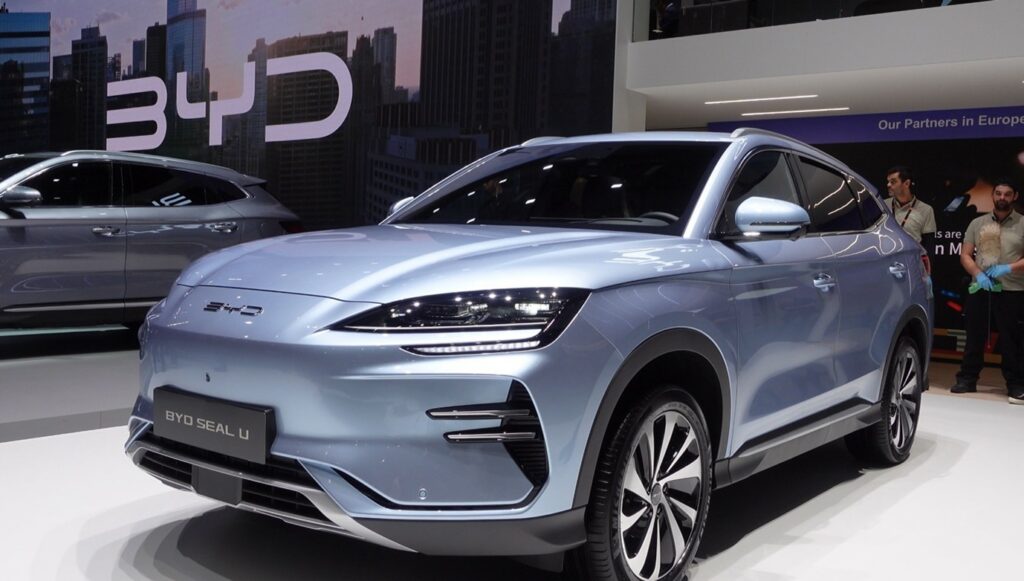
The next-generation BYD Tang was also on display, with the seven-seat BEV model scheduled to launch in Europe soon. The company is also bringing its sub-brands, Yangwang and Denza, to the continent. The former will enter the luxury-vehicle segment while the latter is a premium brand developed in collaboration with Mercedes-Benz.
Yangwang was present with the U8, which certainly commanded a presence at BYD’s stand. The big and boxy off-road model features a four-motor independent drive platform, allowing precise individual control of each wheel.
Meanwhile, the carmaker announced that the Denza D9 will come to Europe this year, while the electric N7 made its debut at the show. Both models will hope to replicate the success they have enjoyed in BYD’s domestic market.
GIMS growth for needed
GIMS has been beset by problems in recent years. The cancellation of the 2020 show was forced by Swiss government measures to counter the threat of COVID-19. The claim of ‘force majeure’ meant potential exhibitors lost money and any legal challenges were dismissed as the show changed owners.
Since then, GIMS was postponed a further three times. In those intervening years, other automotive events returned, having adapted to a changed society. The IAA moved to Munich and embraced interactivity, while the Mondial Paris merged with EquipAuto to provide a comprehensive look at the entire automotive industry.
Change is needed for the Geneva edition of GIMS. Last year, organisers launched a new event in Qatar, complete with interactive elements, creating a festival of mobility. That event came too late to feed any ideas into this year’s show, but another cancellation could finish the brand in its home country for good.
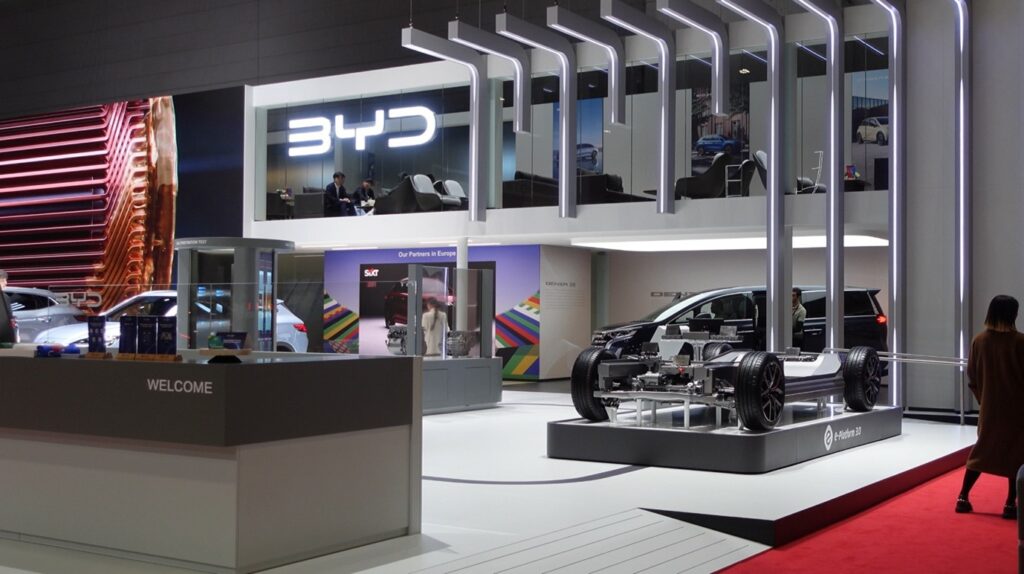
One thing that was evident at GIMS 2024 was the influence of Chinese carmakers in the European automotive market, which is only set to grow in the coming years.
With SAIC and BYD both taking large stands, unveiling new models and sub-brands, it was down to Renault Group to represent European innovation. The French marque did well, with Renault and Dacia each presenting impressive line-ups, but apart from the Renault 5, the Chinese brands captured much of the audience’s interest.
